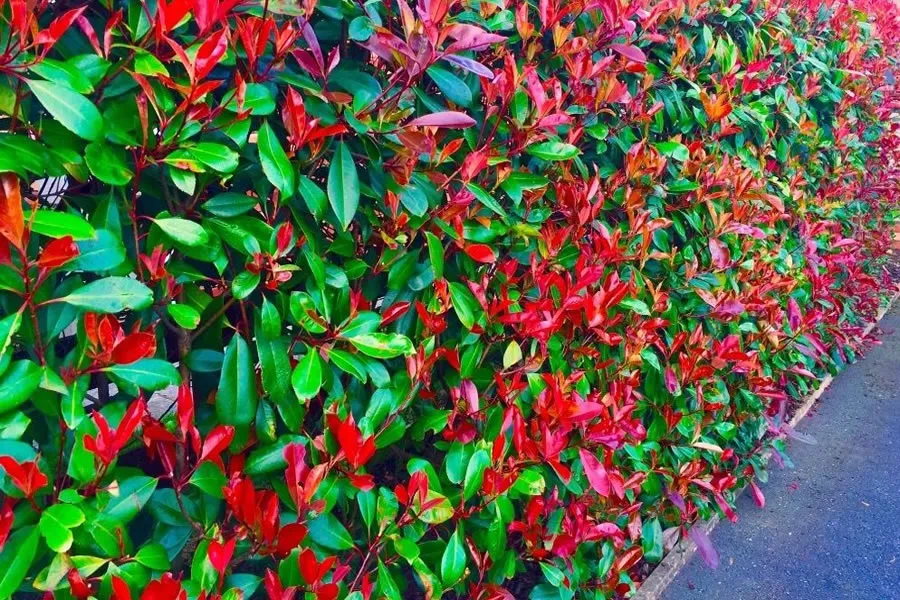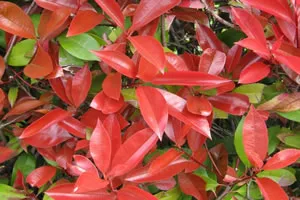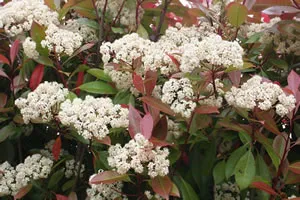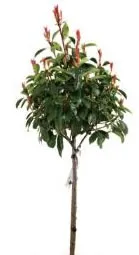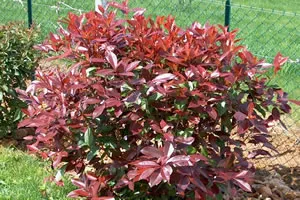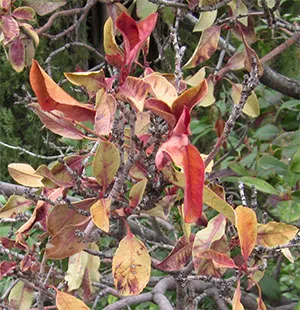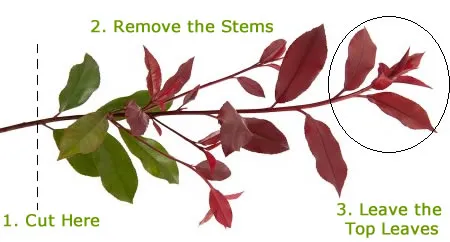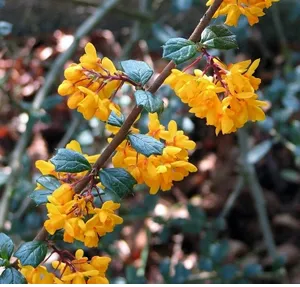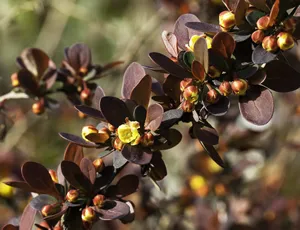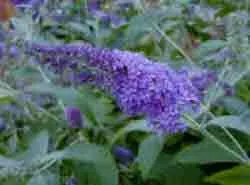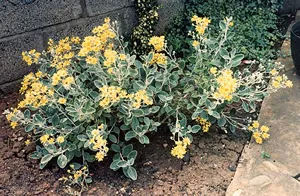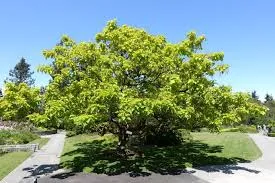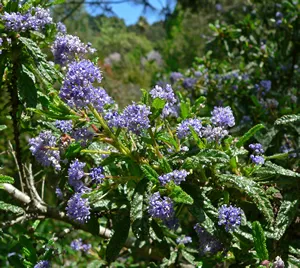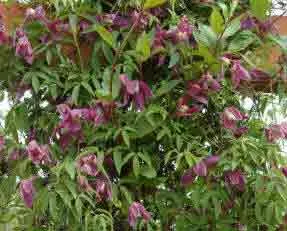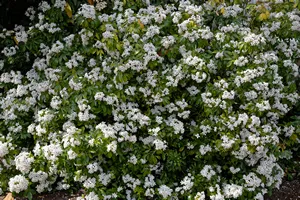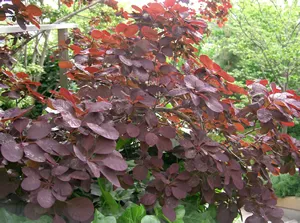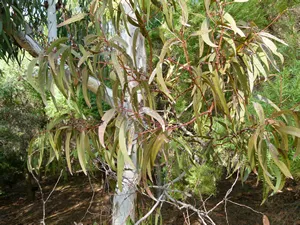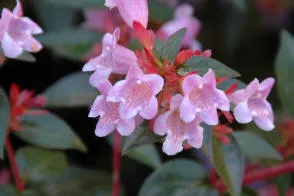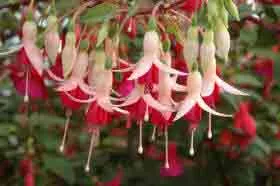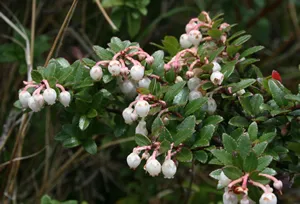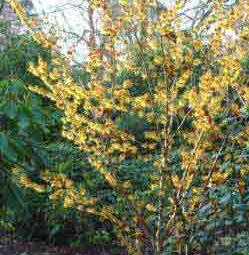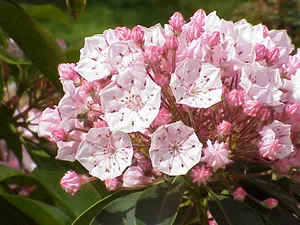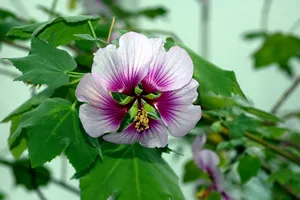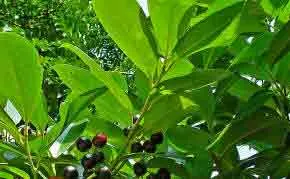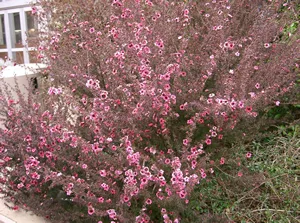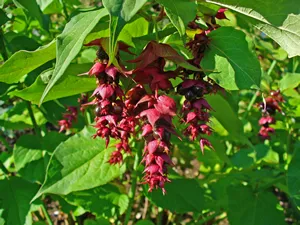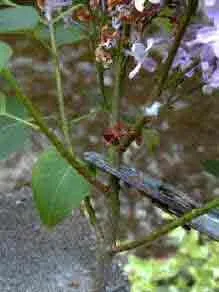Photinia Red Robin has a common name the Chistmas Berry, not sure why, as they are 2 different plants. The Photinia is native of Asia and the Christmas Berry is native of North America. The Photinia is an evergreen, primarily a shrub, but it can be a standalone tree and incleasingly popular as a hedge. The Photinia hedge is taking over from the Leylandii as a popular hedgerow.
Photinia x fraserii Red Robin is an evergreen shrub, it a marvelous standout character, its glossy leaves are a striking bright red colour when young foliage which eventually turn a deep glossy green colour. The mixture of dark green and bright red foliage makes the Photinia spectacular. The Photinia flowers in the late spring, it produces clusters of tiny white flowers which occasionally is replaced by red berries. Which I suppose resemble the Christmas Berry tree.
Photinias: Small Family of 60 origially from Central America. Photinias typically grow from 4–15 m tall are members of the "Rosaceae Family": Rosaceae, the rose family, is a medium-sized family of flowering plants, including 4,828 known species in 91 genera. of trees and shrubs, having the typical small flowers each being made up of 5 typical single rose flowers, but much more smaller.
Photinia Red Robin is hardy: Hardiness of plants describes their ability to survive adverse growing conditions. If a plant is Hardy, it is its own ability to tolerate cold, heat, drought, flooding, or wind are typically considered measurements of hardiness and can with stand the most severe winters, excellent for the UK, USA and Northern European weather, and any die back, as a result of the cold drying winds, is soon replaced by a stunning mass of new foliage with the brightest of red leaves.
It has a compact habit, with not a too dense foliage canopy. It is kept within bounds by pruning as and when required for size retention and new foliage flushes of colour. Left to grow, it can eventually reach 3 meters in height and spread. It can also be kept well below that size by selective pruning.
